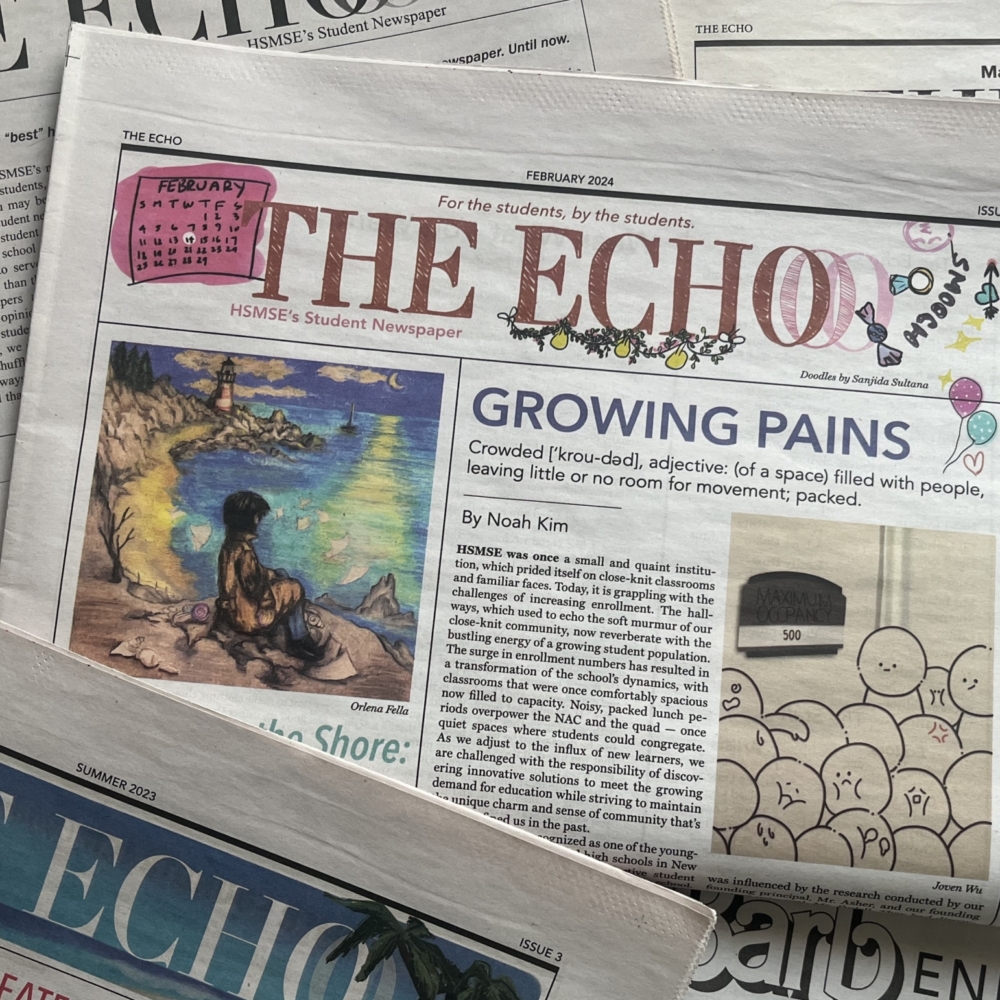An Unbiased View of News Articles
An Unbiased View of News Articles
Blog Article
Some Known Incorrect Statements About News Articles
Table of ContentsWhat Does News Articles Mean?The Ultimate Guide To News ArticlesThe News Articles IdeasSome Known Details About News Articles News Articles Fundamentals Explained
Great knowledge of different subjects provides trainees an affordable side over their peers. Despite the fact that digital and social networks are conveniently obtainable, we ought to not neglect exactly how vital it is to check out the papers. Parents need to attempt and inculcate the routine of reading a newspaper as a day-to-day routine to proceed the legacy of the revered print tool.News stories likewise have a minimum of one of the following important features about the designated audience: closeness, prestige, timeliness, human interest, peculiarity, or effect. The relevant term journalese is occasionally used, typically pejoratively, to refer to news-style writing. One more is headlinese. Papers usually follow an expository writing style.
Within these limitations, information tales additionally intend to be extensive. Various other aspects are included, some stylistic and some derived from the media form. Among the larger and more highly regarded newspapers, fairness and equilibrium is a significant consider offering details. Discourse is normally restricted to a separate section, though each paper may have a various total angle.
Papers with an international target market, for example, tend to utilize an extra official design of creating. News Articles.; typical style overviews include the and the United States Information Design Book.
News Articles - Truths
As a regulation, reporters will not use a long word when a short one will certainly do. News writers try to avoid utilizing the same word a lot more than when in a paragraph (occasionally called an "echo" or "word mirror").
However, headings sometimes omit the subject (e.g., "Leaps From Boat, Catches in Wheel") or verb (e.g., "Pet cat woman lucky"). A subhead (additionally subhed, sub-headline, subheading, caption, deck or dek) can be either a secondary title under the primary heading, or the heading of a subsection of the short article. It is a heading that precedes the major message, or a group of paragraphs of the main message.
of a write-up subject, informant, or interviewee), it is referred to as a pulled quotation or pull quote. Additional billboards of any one of these types may appear later on in the article (especially on succeeding pages) to lure more reading. Journalistic sites in some cases use animation techniques to swap one signboard for one more recommended you read (e.g.
The 25-Second Trick For News Articles
Such signboards are likewise used as pointers to the write-up in various other sections of the magazine or site, or as promotions for the item in other magazine or websites. original site Press release of the Swiss federal government. Regular framework with title, lead paragraph (summary in vibrant), various other paragraphs (details) and call info.

Example of a hard-lead paragraph NASA is proposing another room job. The budget demands around $10 billion for the job.
An "off-lead" is the 2nd most crucial front page news of the day. To "hide the lead" is to begin the write-up with background details or details of second significance to the viewers, forcing them to review more deeply right into a post than they need to have to in order to find the essential points.
News Articles Things To Know Before You Get This
Common use is that a person or more sentences each create their own paragraph. Journalists normally describe the organization or framework of a newspaper article as an upside down pyramid. The click for source vital and most fascinating aspects of a story are put at the start, with supporting information following in order of diminishing importance.
It enables individuals to discover a subject to only the depth that their interest takes them, and without the imposition of information or nuances that they could think about pointless, yet still making that details available to a lot more interested readers. The upside down pyramid framework additionally makes it possible for write-ups to be cut to any kind of approximate size throughout layout, to fit in the room available.
Some writers begin their stories with the "1-2-3 lead", yet there are lots of kinds of lead readily available. A kicker can refer to multiple things: The last tale in the information program; a "delighted" tale to end the show.
Longer short articles, such as magazine cover write-ups and the items that lead the inside areas of a newspaper, are understood as. Feature stories vary from straight news in numerous methods.
The smart Trick of News Articles That Nobody is Talking About
The journalist commonly information communications with interview topics, making the item much more personal. A feature's very first paragraphs usually connect a fascinating moment or occasion, as in an "unscientific lead". From the details of a person or episode, its view quickly broadens to generalities about the story's subject. The area that signifies what a function has to do with is called the or signboard.
The Editor's Tool kit: A Reference Overview for Beginners and Professionals (2001) Allan M. Siegal and William G. Connolly. The New York City Times Manual of Style and Usage: The Authorities Design Guide Used by the Writers and Editors of the Globe's A lot of Authoritative Paper (2002) M. L. Stein, Susan Paterno, and R.
Report this page